Your challenges are ours, let's accelerate your transformation together!
Citwell, an international consulting firm specializing in the transformation of operations and the supply chain, aiming to have a positive impact on the world.
Latest news

Event
Citwell will be attending the Advanced S&OP to IBP Summit 2025!
Meet the Citwell team at the S&OP to IBP Summit! We’re excited to share that Citwell will once again be joining the “Advanced S&OP to […]
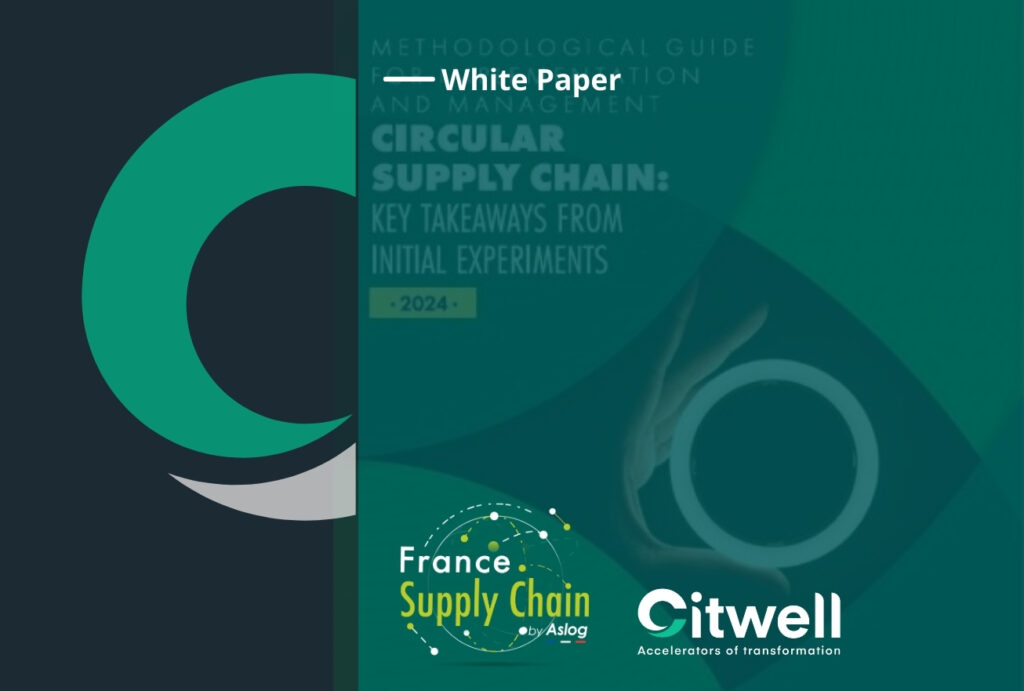
Event
Circular Supply Chain: Key Takeaways from Initial Experiments
Methodological Guide for Implementation and Management After a year of collaborative work, our guidance document is designed to help shippers and logistics professionals implement and […]
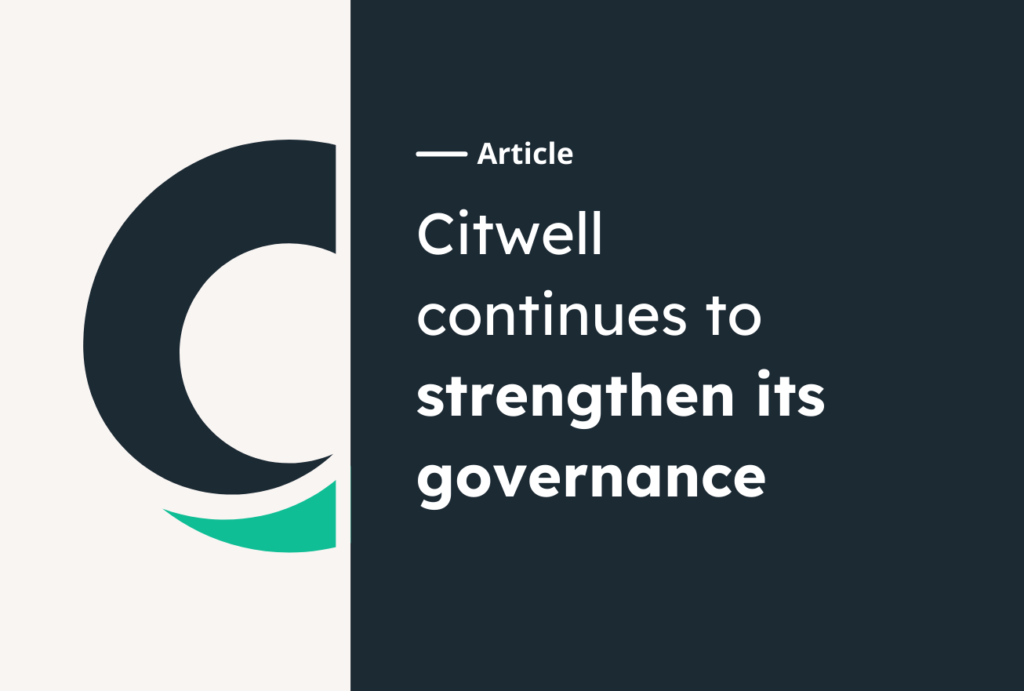
Event
Citwell continues to strengthen its governance
Citwell, celebrating its 20th anniversary in 2024, continues to expand and enhance its governance. As a consulting firm specializing in operational and supply chain transformation, […]
Event
Discovering Citwell Boston: Tyler’s Interview
Job Opportunities
Our key expertises
From purchasing to customer delivery, through optimized flow management, Citwell provides strategic and operational support, combining business skills with cross-disciplinary expertise.
A project?
Contact us
Our team of experts will be happy to answer any questions you may have.
Book time to talk with our experts
Our mission
Make a positive impact to reconciliate growth with resources & performance
Improve
operate at best cost & effort
Grow
transform and adapt
Sustain
drive organizational change management
Our locations
Citwell United States
Citwell Boston
One Broadway, 14fl. CAMBRIDGE MA 02142
Citwell France
Citwell Paris – Headquarters
35 boulevard Sébastopol
75001 Paris
Citwell Lyon
120 boulevard Vivier-Merle
Immeuble Anthémis – Bâtiment Nord
69003 Lyon
Citwell Nantes
4 rue de la Cornouaille
44300 Nantes
Citwell Lille
Flex-O Eurollille
55 rue du Luxembourg
59800 Lille
Citwell United Kingdom
Citwell Birmingham
35 Lewis, Bull Street, Birmingham
Our Operational
Regions
With offices in six locations, we offer a wide range of services to both local and international clients. Currently, we support clients across Europe, Asia-Pacific, and North America.
Our key figures
140
employees in 2023 to carry out your various projects
$25 M
Sales achieved in 2024
21
years of expertise in transformation projects
650
Average training days per year for our team members
500+
Customers satisfied with our services
6
offices in the U.S. and abroad
Our certifications

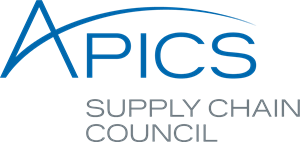
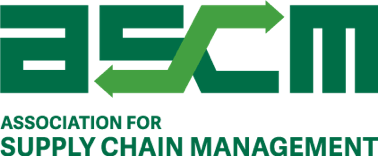

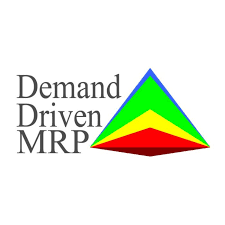


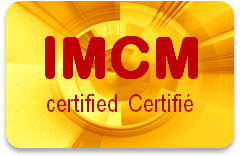


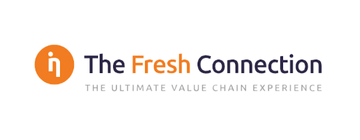
Join us
A corporate
culture open to positive impact
Our company culture encourages creativity and innovation to make a positive impact on our community and the environment.
We’re committed to spreading sustainable solutions, supporting local initiatives, and engaging in philanthropy.
This focus on positive impact is also reflected in our relationships with partners and clients, where we seek collaborations that align with our social and environmental values.
Together, we aim to create meaningful and lasting change, embodying a company culture centered on responsibility, mutual support, humility, curiosity, friendliness, and boldness.”
